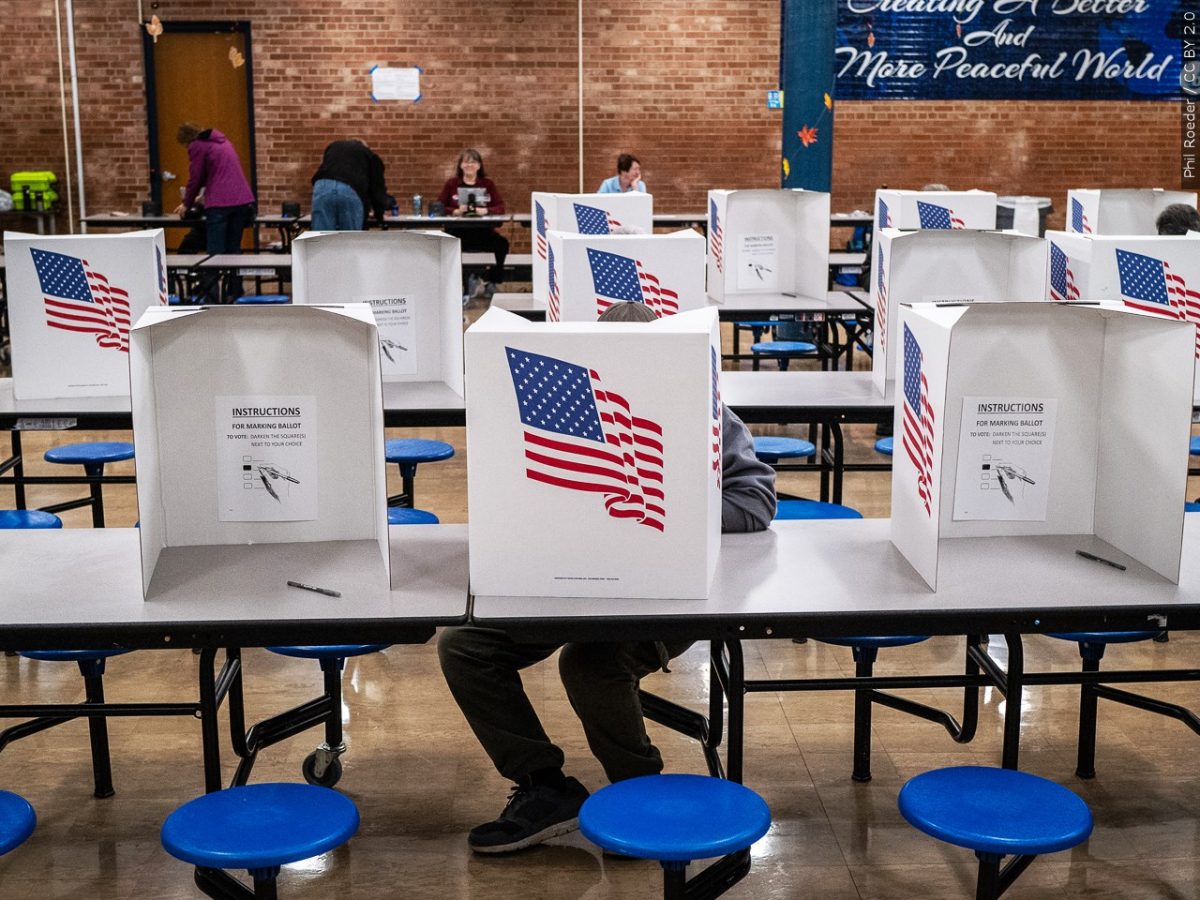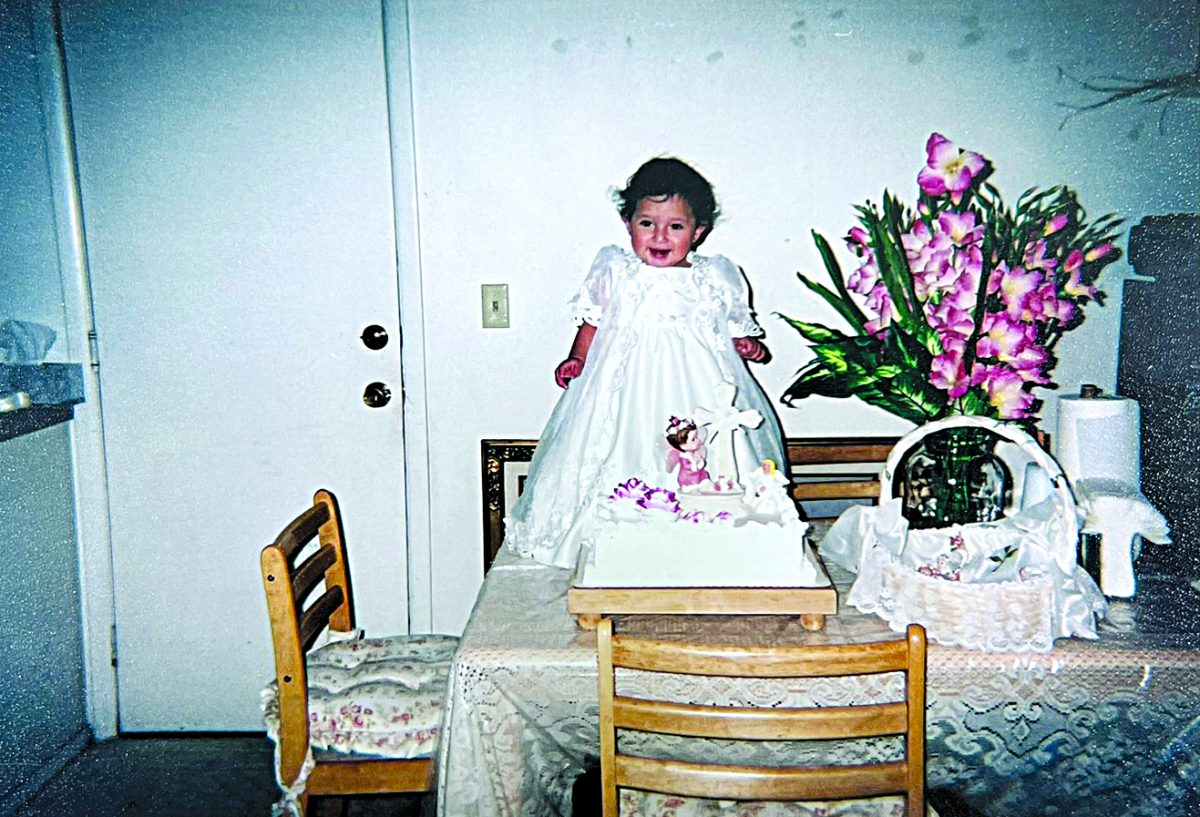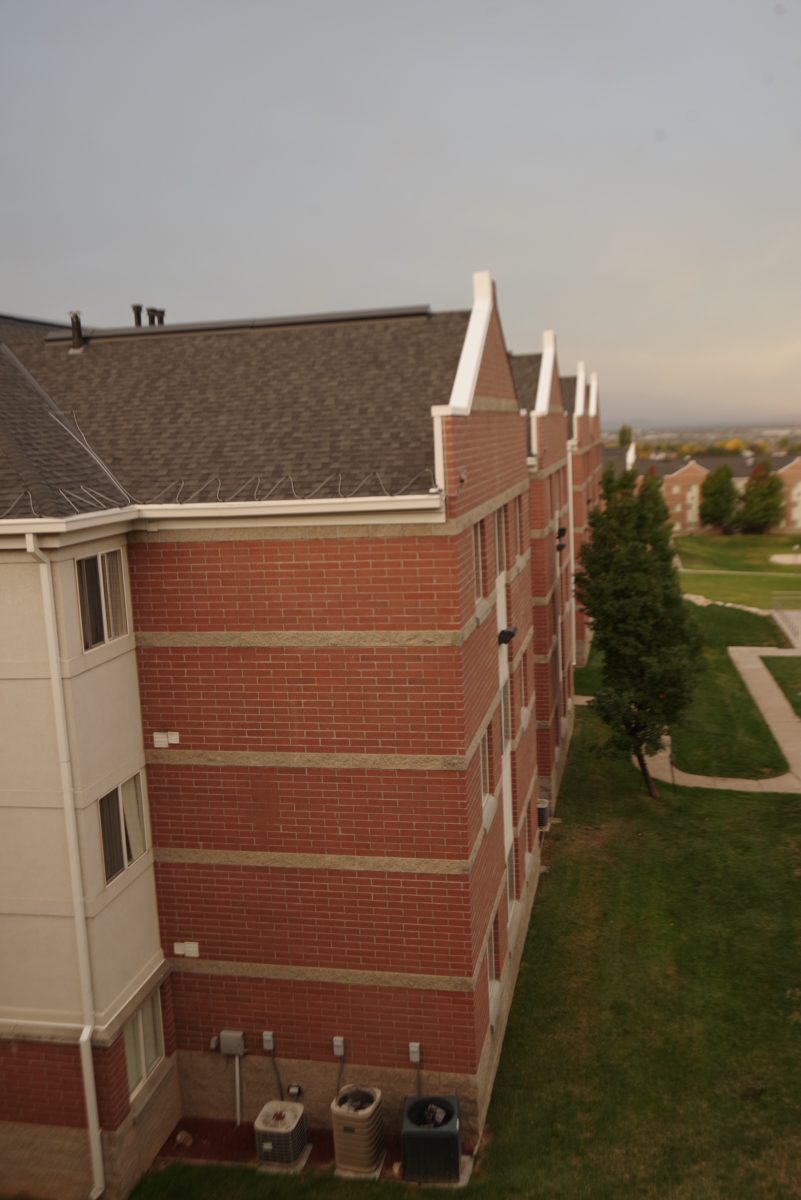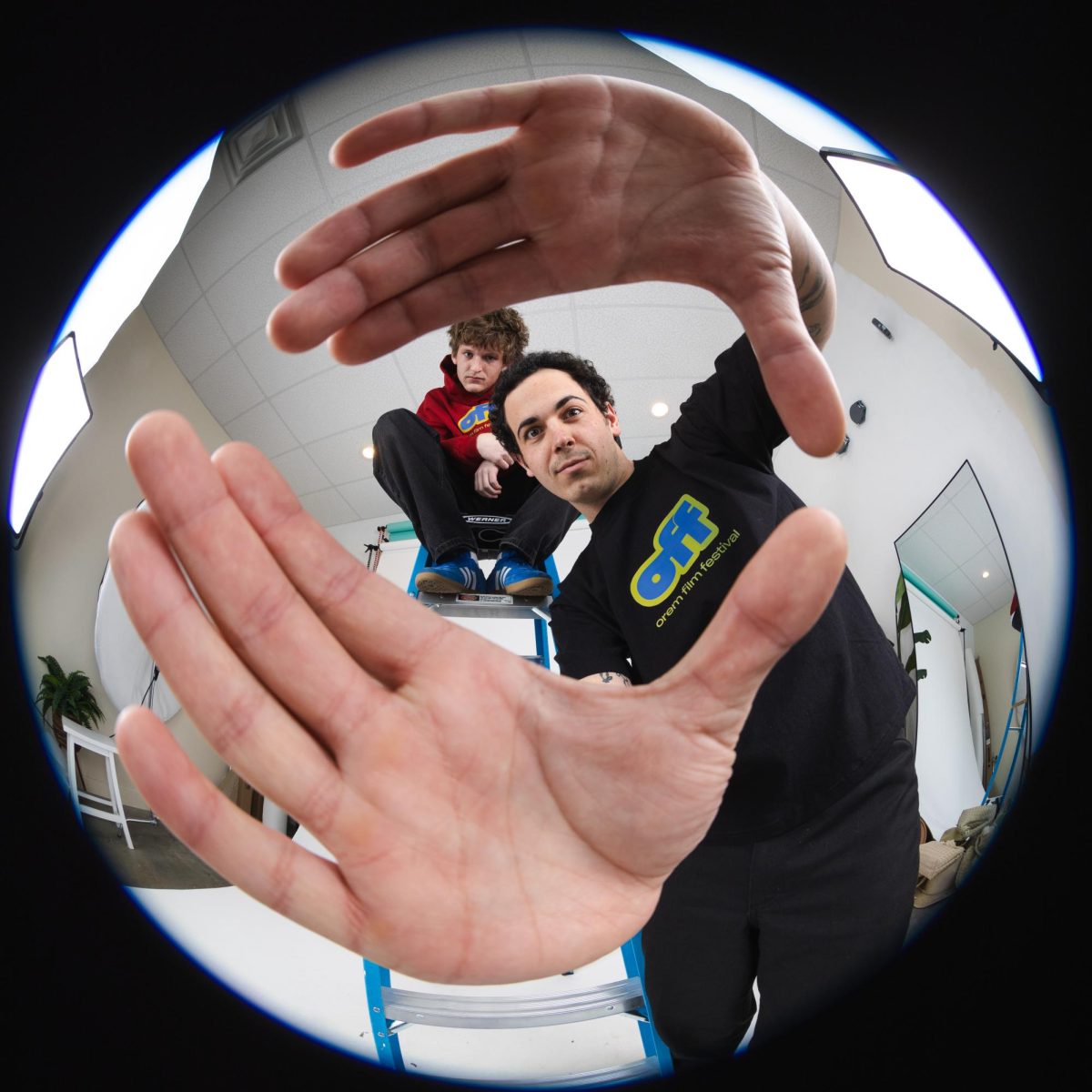The phrase “opioid epidemic” has consumed our state in the form of billboards, newspapers and documentaries for several years. The number of fatal drug overdoses has risen nationwide since 1999, making the epidemic one of the worst our nation has ever seen.
Aside from the large media coverage, it has become so common it’s likely we all know someone personally who has battled this addiction.
The National Institute on Drug Abuse reported that in the U.S. alone, 54 million people over the age of 12 have misused prescription painkillers at least once in their lifetime. Roughly one out of 10 people struggle with some level of substance abuse, and an average of 174 people lose their lives to opioids each day in the United States.
That could be you, me or the person sitting right next to you.
Overdosing on prescription opioids is the No. 1 cause of death nationwide for those under the age of 50. In Utah, it’s the number one cause of unintentional deaths of all ages.
In the U.S., every 24 minutes a baby is born dependent on opioids, and the country has the highest number of children in need of foster care due to the inability of addicted parents to take care of their kids.
This crisis isn’t just a nationwide problem; opioid addiction is leaving its mark on Utah.
Utah has the seventh highest drug poisoning death rate in the nation and the majority of overdose deaths involve opioids.
Since 2007, more deaths have resulted from prescription opioids than motor vehicle accidents. From 2000-2015, Utah experienced a 400 percent increase in deaths due to prescription drug misuse.
Opioid addiction is a plague facing all of Utah, and Ogden is no exception. For the third year in a row, the state is seeing a decrease in the rate of opioid overdoses, but Ogden’s overdose rate has continued to rise. Ogden has the highest overdose rate in the state.
The effects of the opioid crisis are continuing to spread. So, when did this chaos start? And what is Utah doing to solve it?
In the late 1990’s, pharmaceutical companies reassured the medical community that it was not possible for patients to overdose on prescription opioids. Of course, this led to an overwhelming amount of abuse from both prescription and non-prescription opioids.
Since then, the number of deaths caused by opioids has risen nationwide by more than five times. In 2016, the U.S. Department of Health and Human Services reported that misuse of opioids had resulted in over 42,000 deaths, and those numbers have continued to rise.
Although the opioid epidemic has been a rising concern since 2000, it wasn’t declared a national public health emergency until just last year.
Let’s put this in perspective: the heroin and crack epidemics from WWII and the 1980’s resulted in one to two deaths per every 100,000 people, while the current opioid epidemic results in ten deaths per every 100,000.
Addiction is often looked at as dirty and reckless, but doctors and scientists consider addiction a mental disorder.
When opioids are taken, they attach to receptors in the brain by mimicking natural neurotransmitters and releasing dopamine into the body. Therefore, any pain or previous stress is reduced and you get the “feel good” high.
Our brains are wired to ensure that we repeat activities associated with pleasure and reward, so when using an opioid, our brain notes that something important is happening and teaches us to do it again and again.
Continuous opioid abuse physically changes the anatomy of your brain. As your brain loses receptors, the amount of dopamine released from the brain lessens, along with your motivation to live.
Some of the most common opioids are pain relievers: Oxycodone, Codeine, Methadone and Fentanyl.
These drugs may have been produced with good intentions to mask pain but they have created a new problem, which is much larger in scope.
I’ve talked to multiple people who show little to no concern about using opioids themselves, because they believe addiction is not a problem for them. But following directions as prescribed by your doctor doesn’t put you in the clear.
Several cases throughout Utah show that perfectly healthy individuals are capable of becoming addicted and potentially overdosing, even when taking prescriptions exactly as directed by the healthcare professional.
That’s not to say you shouldn’t trust your own doctor, but it’s important to recognize that America is facing the worst drug epidemic in its history, and these drugs are the root cause of it.
As this crisis continues to affect Utah, lawmakers and doctors try to find solutions and help for addiction.
In 2016, the Utah State Legislature passed House Bill 192 which provided funding to the Utah Department of Health to establish a program aimed at reducing the amount of deaths due to opioid overdose.
Statewide conferences have been held to inform residents of the problem and try to find solutions.
Drug-related education aims to help students avoid falling into addiction at some point in their lives.
Since studies show the majority of abused prescription drugs are obtained from family and friends, the DEA holds a national Take Back Day twice a year to collect unwanted prescriptions to prevent future opioid addictions. In April, the DEA collected over 940,000 pounds of opioids across the country.
Although all efforts are valuable, the majority of people who need critical help still do not receive the help they need.
Those who struggle with an opioid addiction need compassion, support and stability, but instead are often criminalized and judged by society.
Addiction holds no regard to race, gender or age. It affects all socioeconomic classes.
This problem is fixable, and all lives are worth saving.
There may not be a clear solution on on how to handle addiction, but one thing is clear: addiction is not a one-size-fits-all issue.




















